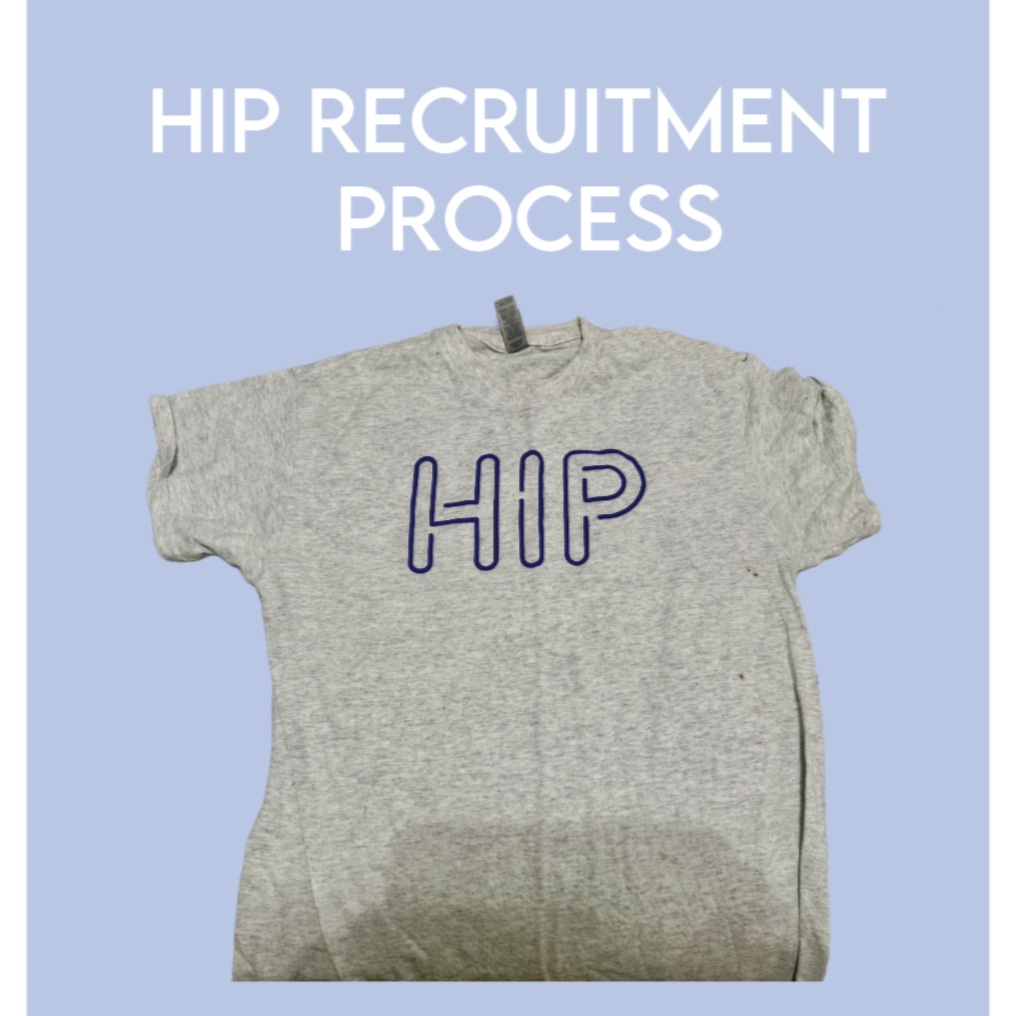Environmental Impacts of COVID-19
April 2, 2020
COVID-19 has led to mass pandemonium, wreaking havoc on lives, economies and toilet paper aisles around the world. However, the pandemic has a few silver linings: significant declines in pollution and NO2 levels, resulting in better air quality; clear waterways in Venice and animals able to freely roam the streets.
Decline in Pollution
In an effort to limit the spread of COVID-19, many countries have instructed citizens to practice “social distancing” — staying home as much as possible and only leaving the house for essential activity. Such a dramatic decline in car and air travel has led to subsequent declines in emissions of two dangerous pollutants that contribute to poor air quality, nitrogen dioxide (NO2) and carbon dioxide (CO2), in both Italy and China. According to Peter DeCarlo, Associate Professor of Environmental Health Engineering at Johns Hopkins University, this news is not surprising, given that vehicles and industrial activity are the main sources of NO2, and the atmosphere clears up quickly when these sources are “turned off.” In fact, according to one Stanford University environmental resource economist, this improved air quality has actually saved 20 times more lives than have been lost to COVID-19 in China, as breathing dirty, heavily-polluted air contributes to premature mortality.
Venice’s Canals
Venice’s canals are unexpectedly clear after Italy issued a lockdown order on Mar. 8 and halted all non-essential travel along the waterways.
Researchers Roberto Zonta and Davide Tagliapietra from the Italian National Research Council, Institute of Marine Sciences, and Annamaria Volpi Ghirardini from the Ca’ Foscari University of Venice said that the ‘rii,’ or inner canals of Venice, are clearer and more transparent than usual. They added that before the quarantine, it was impossible to see the bottom of the rii — despite it being very shallow — but now, people can see fish near the surface. However, just because the water is clearer does not necessarily mean it is cleaner; fewer boats traveling the canals just means less sediment is stirred up.
Animals Roaming the Streets
With many people confined to their homes, animals have taken this opportunity to venture into typically human-populated areas, like cities. In Japan, sika deer from Nara Park — who rely on tourists for snacks — were filmed scavenging for food in the streets, and in the city of Lopburi, Thailand, a troop of monkeys were filmed fighting over food. According to James Parkurst, Associate Professor of Wildlife Science at Virginia Tech, many animals in urban environments are forced to adopt nocturnal lifestyles because human activity during the daytime can be too overwhelming, but with less activity, these animals feel more comfortable venturing out. He added that with a prolonged lack of human activity, it is a possibility that animals might even revert back to being predominantly active during the day.









